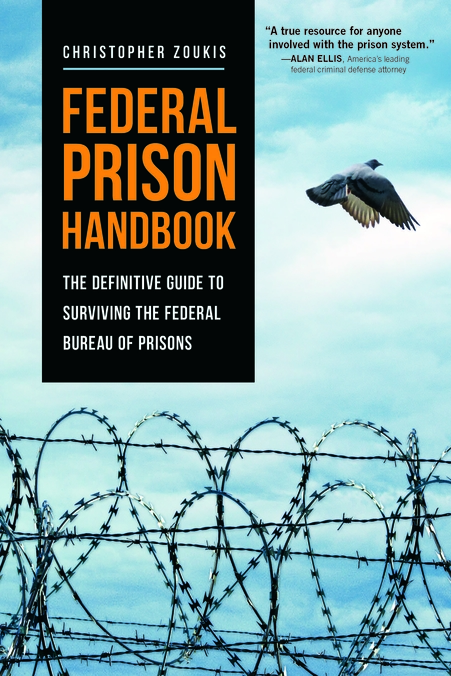by Anthony W. Accurso
In a case of first impression on two issues, the Supreme Judicial Court of Massachusetts (“SJC”) held that (1) an officer wearing a bodycam inside a suspect’s home during a domestic disturbance call was not a search under the Fourth Amendment and Article 14 and (2) ...
by Anthony W. Accurso
The Vermont Supreme Court held that it is an unconstitutional search where an officer actively searches for evidence of a crime on a home’s curtilage while present for purpose unrelated to that search.
On August 29, 2019, Devan Calabrese was alleged to have threatened three persons ...
by Anthony W. Accurso
Facial recognition is a technology that is rapidly evolving, aided by transformative gains in artificial intelligence and camera resolution, as well as the proliferation of ubiquitous surveillance systems—by both government and corporate actors—which provide the volume of data necessary to train facial recognition systems and create ...
by Anthony W. Accurso
Google, Amazon, and Microsoft continued to sell surveillance technology to Immigrations and Customs Enforcement (“ICE”) and Customs and Border Patrol (“CBP”) using subcontractors despite publicly threatening to pull contracts with both agencies over concerns about human rights abuses.
The PR show followed after employees at the ...
by Anthony W. Accurso
It’s not just hobbyists who are exploiting the near-endless potential of unmanned aerial vehicles (UAVs or “drones”). Law enforcement from all over the country—most especially federal agencies—are using, or making plans to use, drones to conduct surveillance and subdue suspects.
Americans first became widely aware of ...
by Anthony W. Accurso
In a case of first impression, the Supreme Court of Idaho held that the automobile exception to the warrant requirement applies only to containers located inside the vehicle at the time probable cause arises to search containers thereunder.
Diasha Lynn Maloney was pulled-over in Twin Falls, ...
by Anthony W. Accurso
The Court of Criminal Appeals of Texas upheld the decision of a lower court to suppress a defendant’s surreptitiously recorded statements on the ground that it was not properly “warned and waived” under Texas law.
Erlinda Lujan was arrested by El Paso police in connection with ...
by Anthony W. Accurso
Two relatively new types of warrants are causing a stir among privacy advocates and defense attorneys who claim the warrants are overbroad and jeopardize the spirit of the Fourth Amendment’s protections.
“Geofence” or “reverse” warrants involve police obtaining a warrant to obtain location information, stored at ...
by Anthony W. Accurso
The U.S. Court of Appeals for the Tenth Circuit ordered the suppression of evidence discovered during the impounding of a vehicle where the impoundment was for the sole purpose of searching for evidence of a crime.
Tulsa police received a call with a tip stating that ...
by Anthony W. Accurso
The District Attorney’s Office for Brooklyn, New York, released a list of New York City Police Department officers who cannot testify in court because of prior misconduct.
Known as a Brady (or more precisely for New York, Giglio) list, this is a list of officers ...




